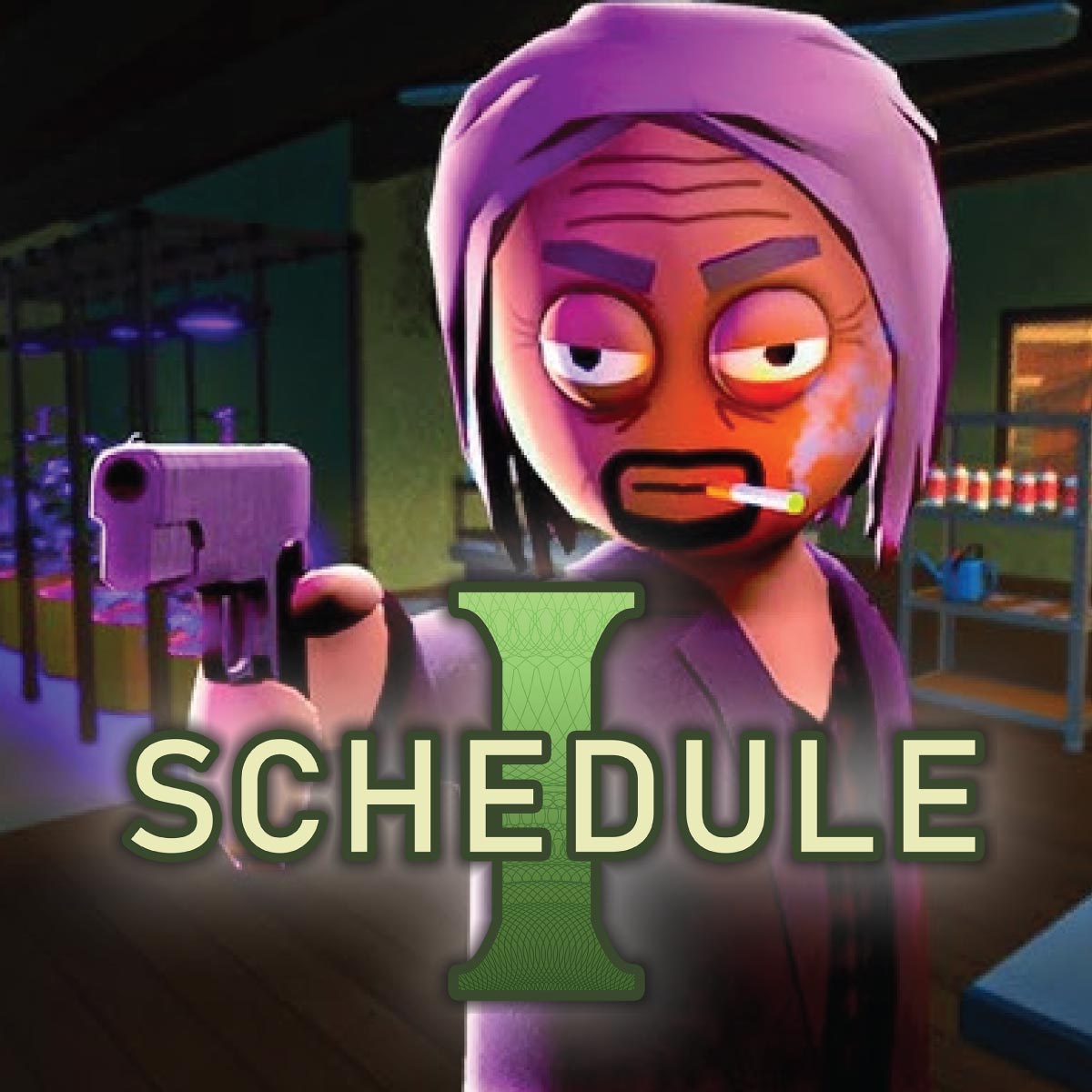
Schedule I
All trademarks belong to their respective owners.Popular Now
 The Legend of Zelda
The Legend of Zelda
 PUBG Mobile
PUBG Mobile
 Stumble Guys
Stumble Guys
 God of War Ragnarök
God of War Ragnarök
 Fortnite
Fortnite
 League of Legends
League of Legends
 Free Fire
Free Fire
 BeamNG.drive
BeamNG.drive
 Poppy Playtime
Poppy Playtime
 Counter-Strike 2
Counter-Strike 2
Is Schedule One the Next Evolution of Survival Horror? A Critical Analysis of Its Impact
The landscape of survival horror has seen countless iterations, from the action-oriented thrills of Resident Evil to the stealth-driven terror of Outlast. However, a new contender, Schedule One, emerging from the independent game development scene, appears poised to push the boundaries of the genre, particularly in its emphasis on psychological horror and its bleak, immersive setting. While its full impact remains to be seen upon release, early insights suggest that Schedule One has the potential to be more than just another scare-fest; it could represent a significant evolution in how horror games are crafted, focusing on deeper, more insidious fears. This critical analysis will explore the elements that position Schedule One as a potential genre innovator and its likely impact on the future of survival horror.
Shifting the Focus: From Gore to Gray Matter
Schedule One’s anticipated impact primarily stems from its deliberate pivot away from traditional horror game tropes.
- Prioritizing Psychological Terror: Many modern horror games still lean heavily on jump scares and gore. Schedule One, however, appears to prioritize the subtle, creeping dread that preys on the mind. By focusing on ambiguity, paranoia, and the blurring of reality, it aims to create a lasting sense of unease that resonates long after a play session. This emphasis could inspire other developers to explore less explicit, more nuanced forms of fear, challenging the established norms of horror game design.
- Environmental Storytelling as a Core Mechanic: Instead of relying heavily on explicit exposition, Schedule One seems to use its abandoned Arctic facility as a primary narrative device. The decay, discarded items, and subtle environmental shifts tell a chilling story, rewarding player observation and fostering a deeper connection to the lore. This approach elevates environmental storytelling from a supplementary detail to a critical component of the gameplay and narrative.
- Integrated Survival Mechanics: The game doesn’t just feature survival elements; it integrates them directly into the horror. Managing temperature, hunger, and a degrading sanity meter in a harsh environment amplifies vulnerability and dread. This isn’t just about resource scarcity for its own sake, but about how it compounds the psychological pressure, leading to more agonizing decisions and a heightened sense of realism in the terror. This holistic integration of survival mechanics could become a new standard for the genre.
- Minimalist, Effective Sound Design: In an era of elaborate orchestral scores, Schedule One’s apparent reliance on ambient noise, subtle auditory cues, and chilling silences is a refreshing and highly effective choice. Its sound engineering aims to terrify by leveraging the player’s imagination, proving that less can often be more when it comes to instilling fear. This could influence sound design philosophies in future horror games.
The Indie Advantage: Freedom to Innovate
As an independent game development title, Schedule One benefits from the freedom to take creative risks that larger studios might avoid.
- Niche Appeal, Deep Impact: Indie studios often cater to specific niches, allowing them to create highly focused and impactful experiences. Schedule One’s deep dive into psychological horror appeals directly to a discerning audience craving more mature, thought-provoking terror, rather than mass-market jump scares. This focus often leads to higher quality and more innovative gameplay.
- Creative Autonomy: Without the pressures of large corporate budgets and strict deadlines, indie developers can prioritize artistic vision and innovative gameplay mechanics. This autonomy allows for the meticulous crafting of atmosphere and narrative that Schedule One appears to embody.
- Community Engagement: Indie developers often have a more direct and transparent relationship with their community. Feedback from early demos or preview builds can directly influence development, leading to a game that resonates more strongly with its target audience. This collaborative spirit fosters a dedicated fanbase and often results in a more polished player experience.
Potential Impact on the Future of Horror Games
If Schedule One achieves its promise, its impact could be multifaceted:
- Increased Focus on Player Psyche: It could encourage more developers to explore complex psychological states, unreliable narrators, and sanity mechanics as core gameplay pillars, moving beyond purely external threats.
- Elevation of Environmental Storytelling: Schedule One might set a new standard for how environments can silently tell stories, integrate lore, and act as dynamic elements of fear, inspiring greater attention to detail in world-building.
- New Benchmarks for Indie Horror: Its success could embolden other independent studios to pursue ambitious psychological horror projects, leading to a richer and more diverse indie horror game scene.
- Redefining “Scary”: By demonstrating that sustained dread and mental discomfort are more potent than fleeting jump scares, Schedule One could contribute to a broader redefinition of what makes a horror game truly terrifying for players and critics alike.
Schedule One is more than just a game; it’s a statement. By embracing the nuanced, insidious nature of psychological horror, meticulously crafting its atmosphere, and integrating challenging survival mechanics, it stands as a strong candidate for the next evolution in the survival horror genre. Its impact, if realized, could reshape how developers approach fear, compelling them to delve deeper into the human mind for their next chilling creations, ensuring that the future of horror games remains as unpredictable and terrifying as the darkest corners of our own thoughts.
What do you consider the most significant innovation in survival horror games in the last five years, and why?
Rating
PROS
- News
CONS
- News
